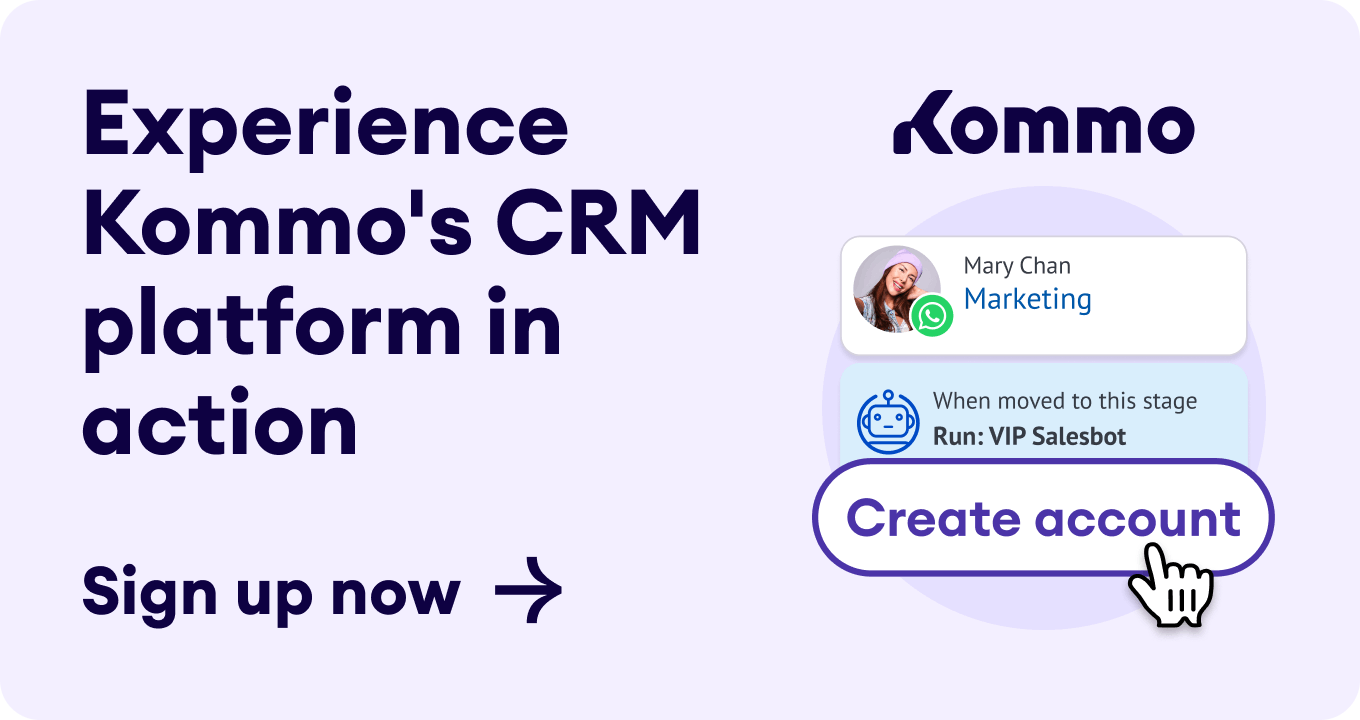“Cold calling is dead”, “you lost me at 'hello'”, “behind every cold call is a person hating their life.” Why has cold calling become such a taboo? The reason is simple: it’s conducted in the wrong way and by the wrong salespeople. But it doesn’t mean that the call can’t guarantee your success.
Today's conversation is with Art Sobczak, a phone selling expert with over 33 years of experience under his belt. Art, now President of Business by Phone Inc., has written numerous business books and specializes in a calling technique known as smart calling.
He helps people say the right things primarily over the phone to move towards their sales and prospecting objectives. His focus is on how to say it.
Long live the call
“Sales is the greatest profession in the world,” Art tells me, brimming with enthusiasm. It’s no surprise — he’s been a salesperson for the majority of his life, launching his career at a consumer boiler shop at the age of 13.
“Is cold calling dead?” I ask.
“The cold is most definitely dead, but the calling is not dead,” Art replies, highlighting that calling gives us an opportunity for instant, meaningful, two-way communication.
You don’t get that with email, says Art. “With just reading words that go back and forth, we don't have the same feelings and emotions that we can read and pick up on. We only have that when we’re speaking in real-time.”
“The cold is most definitely dead, but the calling is not dead”
And not only that. According to Art, the sheer volume of email makes selling via inbox less effective: “With the amount of the messages we are bombarded with on a daily basis in the form of advertising, chat apps and emails, we have become professional ignorers. We have no choice but to ignore most messages that we receive.”
So then, how can you get the attention of professional ignorers?
Salespeople can have success with people answering the phone, when they put a relevant message into it. Success will be double-fold if the right communication means, like VoIP or private calling systems, are used.
He explains, “the salesperson has to touch on something that their potential customers are interested in, something that's going on in their world, maybe a trigger event or some initiative that they’re working on. Those are the type of messages that people respond to”
This is what Art calls smart calling.
“The salesperson has to touch on something that their potential customers are interested in, something that's going on in their world… Those are the type of messages that people respond to”
Contrast that with the usual practice of cold calling — “not knowing anything about the prospect, giving everyone the same pitch, talking about the product or service, and asking for a decision before there’s any reason to stay 15 more seconds on the phone with you.”
Thus, he encourages the use of smart calling: outreach where the audience may not know the salesperson, but the salesperson knows something about them.
“By intelligently tailoring our messages, there is a higher likelihood of people taking an interest in it and picking up the phone,” he says.
So smart calling is essentially empowered cold calling. The salesperson has done their homework and can reach out with the confidence that they’re connecting to the right person and adding potential value to that person’s day.
Snapshot of sales call types
❄️ Cold call
Reaching out to someone who doesn’t know you with a sales pitch
Pros: It’s a way to drum up some business
Cons: The rate of success is incredibly low
🔥 Warm call
Pros: The potential customer is already interested
Cons: These don’t grow on trees
😎 Smart call
Reaching out to someone who doesn’t know you after researching their needs and confirming that your offering might be a great fit
Pros: It’s an effective way to generate more leads
Cons: You need to practice to get good at it
The Art of smart calling
To understand smart calling better, Art uses prospect training as an example. The first step that needs to be done is research, which includes asking questions such as:
-
What's going on in people’s world that may make them a good prospect for me?
- Do they have a sale?
- Do they do inside sales?
- Do they do prospecting?
Answering these questions requires conducting different types of searches:
-
Going on to the employment sites and seeing if they're trying to hire prospectors
-
Going on LinkedIn and seeing that they have different titles of inside sales and salespeople
- Searching for what they post on social
- Do they do prospecting?
-
Calling into their sales department and finding out that they do prospecting, they got a huge goal for next year, but they don't do it very well because they haven't had a lot of training on it
“The goal of smart calling is to get people talking and be in a curious, positive, receptive frame of mind”
To put it short, Art explains, “I introduce myself and my company. Then I use what’s called a ‘connection’ — I let them know that I know something about them. Here I hint at my possible value and say what I specialize in: working with inside sales departments who prospect for new business and may not have as much success as they would like. Then I say that I would like to ask a few questions to see if I could provide them with some information.”
“So, notice what I didn’t do there,” he emphasizes.
“I didn’t ask for an appointment, I didn't say, ‘can I get 15 minutes on your calendar?’ and I didn't even mention the word training. The goal of smart calling is to get people talking and be in a curious, positive, receptive frame of mind.”
You’re doing sales wrong
Art asserts that the mistakes often arise when one encounters people who believe that “you shouldn’t be using the phone because it's dead”, or, “you should be doing content marketing instead, and that's the only way”. He insists that there is no one way that can apply precisely to everyone, and there will always be some individuals who are not interested, and that’s okay.
What becomes even more problematic, however, is when a salesperson is afraid to pick up the phone but instead relies on merely sending out messages:
“They’re going to do blog posts, go out there and make LinkedIn connections, comment, like and share. Do all that stuff instead of what they were hired to do — picking up the phone and making contact with people. And if you look at some of the wealthiest salespeople in the world, I would say almost every one of them has done some form of call outreach.”
Having a pitching mindset is another mistake to make: “We need to have the proper sales mindset, which is helping as opposed to pitching. And that’s the problem with a lot of people who sell — they think that sales is just simply talking and presenting. But the opposite is true.”
Additionally, since sales and smart calling is what Art calls, “a performance sport”, the only way you get better at any performance is by doing it and constantly working at getting better, which means acquiring new techniques.
On the future of smart calling
One thing is clear — the future looks noisy. We’re only getting more and more messages every day (translation: ignore more, respond less).
And maybe because of this Art believes “there is always going to be a place for the phone in the future and smart calling will only grow in popularity.”
After all, calling is unique in the way it connects people. You can hear the emotion in the other person’s voice. You can ask questions, interrupt and experience a laugh together. You can even use awkward pauses strategically.
There’s no doubt calling is here to stay.
“There is always going to be a place for the phone in the future and smart calling will only grow in popularity”
“But what does it mean for us as marketers or salespeople?” Art asks rhetorically, “It means that to get people interested, we need to be more interesting. We need to be better at marketing, at sales and at messaging.”
🚀 Make a personal sale with Kommo
✅Kommo is a pioneering Messenger Based Sales CRM software that helps businesses achieve more sales and create long-lasting relationships with their customers. It is a tool that enables companies to reach better results and increase their profits.




